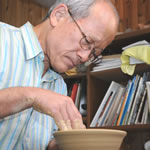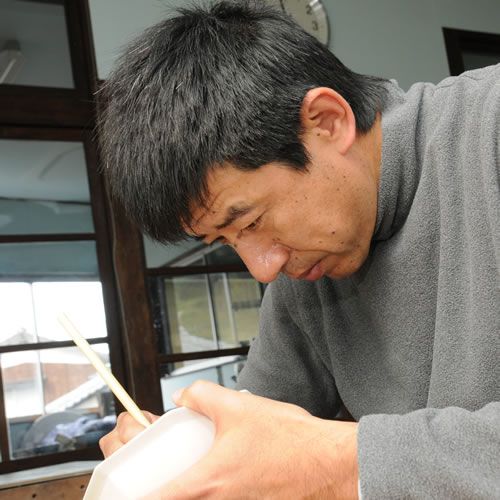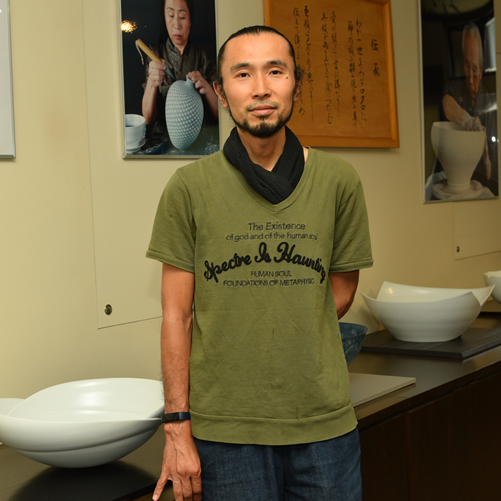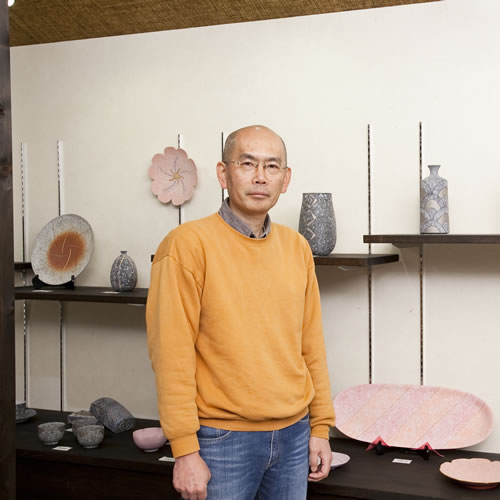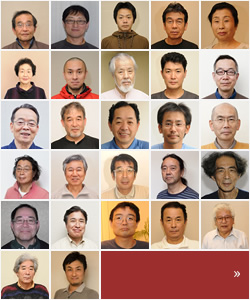TOP > Ceramics > Hizenyoshida Ware
Hizenyoshida Ware
Hizenyoshida Ware has a history of approximately 400 years
The foundation of Hizenyoshida Ware was retrospectively 400 years ago. RYUZOJI, Takanobu (Japanese feudal lord) raised an army to attack Mr. ARIMA of Omura village in 1577. It is said that it all began when a servant of the lord of Yoshida castle found the white shining stone at the bottom of a river running in the valley through Yoshida village. This was the first magnetite which was found in Japan. At that time, there was still no real porcelain in Japan.
NABESHIMA, Naoshige who was the feudal lord of Saga clan brought back many potters from Korea and sent one of them to Mr. Yoshida. The ceramic clay was found around Saraya in Yoshida village, and first ceramics were made. After Mr. NABESHIMA retreated, he encouraged the ceramic manufacturers as great achievement during the Kanei era from 1624 to 1644. SOEJIMA, Yaemon had the most number of kilns, expanded the business, and flourished the Hizenyoshida Ware during the Kyowa era from 1801 to 1804. He started business with the Osaka region and prospered, to the extent where ceramics ran out. Afterwards, the value declined because of overproduction, and potteries from other areas became popular, passing the rising time as they entered the age of the Meiji Restoration.
After the Meiji Restoration, the ceramic manufacturer Seiseisha was established by the government's promotion of industry in 1880. Then the ceramic industry hits a boom, but soon it became depressed. So they made a mass production contract with the Chinese merchants who lived in Nagasaki. However this too declines as the Sino-Japanese War started. Next, Imari's merchants made a trade contract with Korea, and made an effort to expand the market of Hizenyoshida Ware. The number of Japanese who went to Korea and opened pottery stores increased, mostly prospered. Later, because of the rising of Owari Mino Ware and the depression after World War II, they gave up such an export, changed the policy to make the domestic pottery products. Today in Yoshida, each original kilns apply itself to technological improvement every day, aiming for prosperity again in Mt. Yoshida.
Yoshida is geographically close to Arita in Saga, and Hasami in Nagasaki. However, it did not attract as much attention as those subcontractors. Therefore they were able to improve their skills behind their back for a long time. Hizenyoshida Ware doesn't have its original form like Arita Ware's painting. Conversely, the free manufacturing which has no specific styles can also be called the feature of Hizenyoshida Ware.
Festivals are held to promote the regional industry and the activation of the ceramic industry. "Yoshida Oyamasan pottery festival" is held in April every year since 1987. Many customers visit, as exchanges among the makers and customers are held during the ceramic festival. "Yoshida Tatsu festival" is held in November. It is the festival for "Hachidairyuo (eight great dragon kings)" who is the God of the water, which was succeeded from the predecessor of Yoshidasarayama. Being thankful for abundant water every year, specialty products in Ureshino, such as the pottery, and Japanese tea are sold at the festival.

